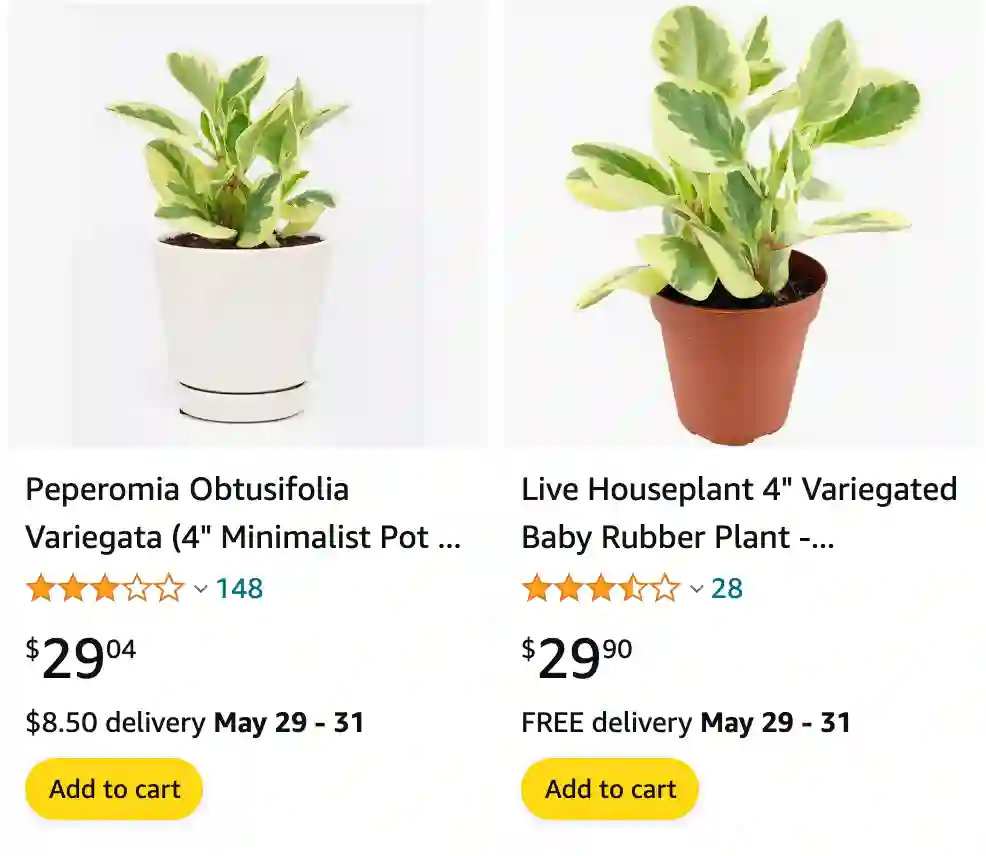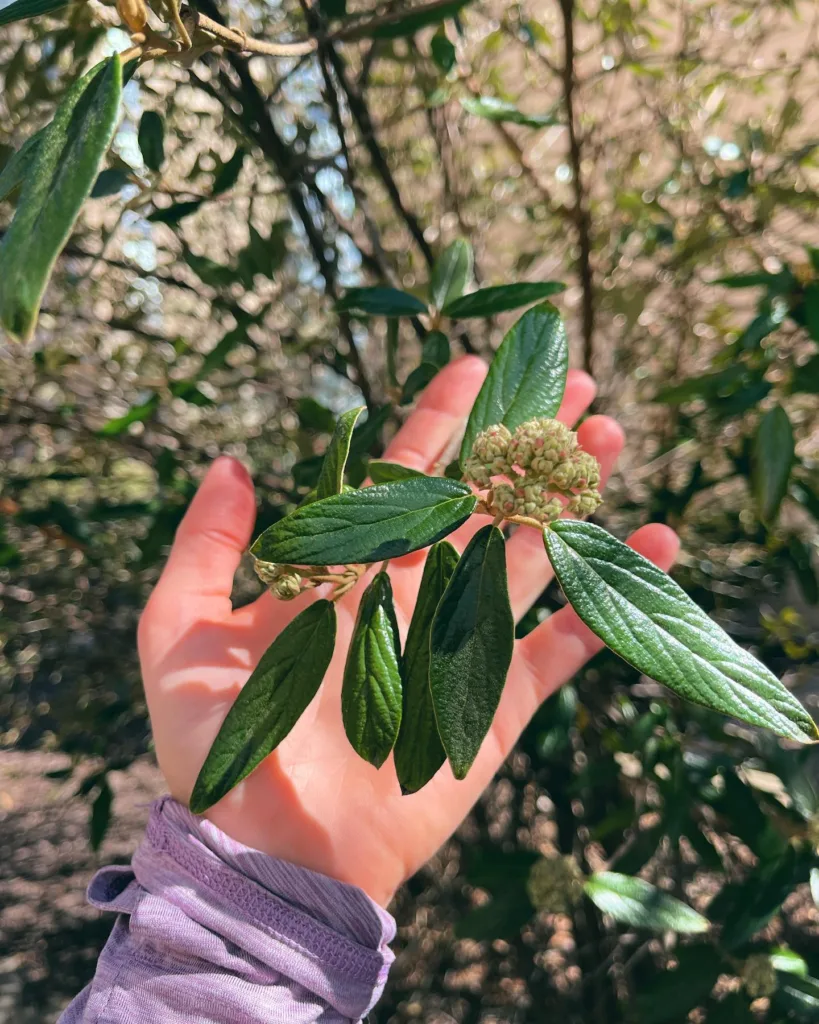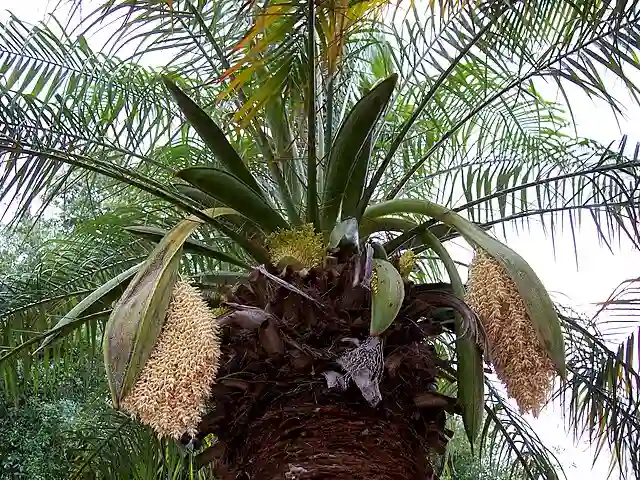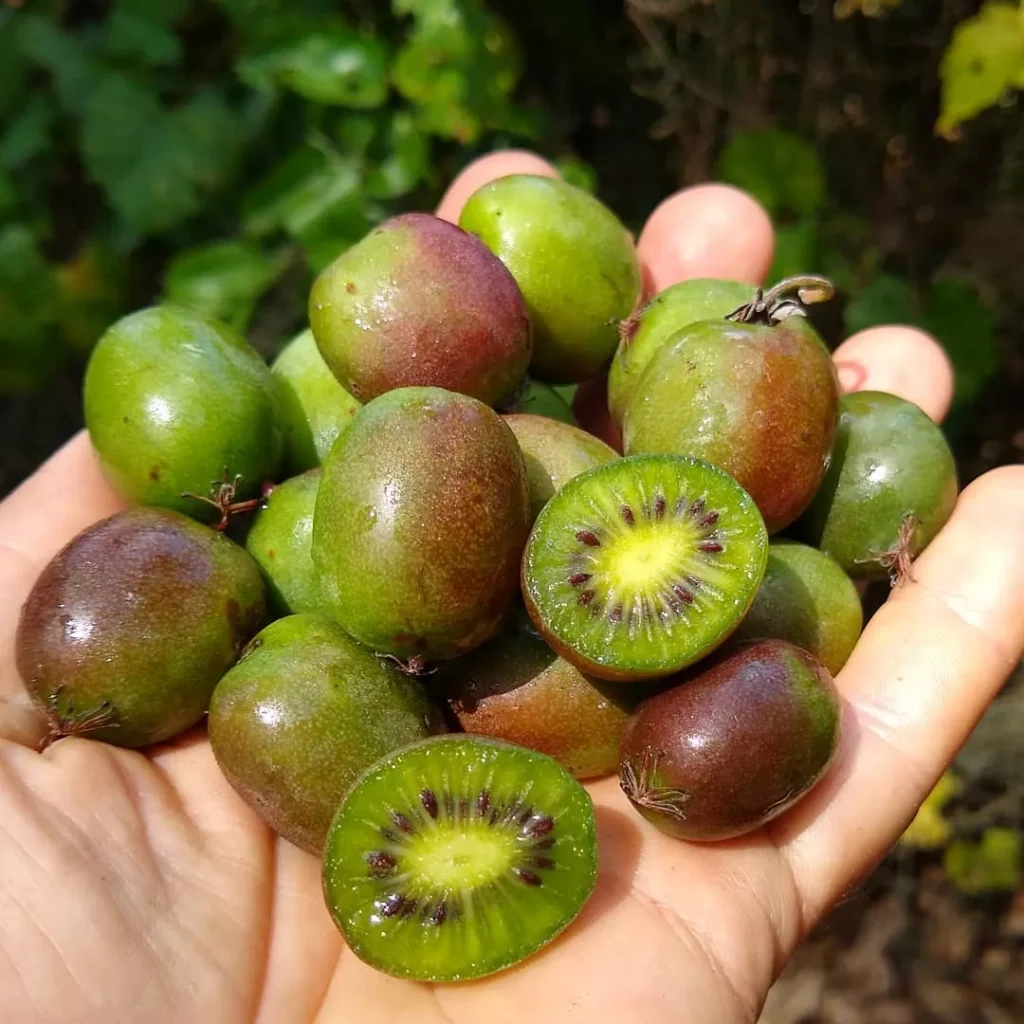
1424 Species in Genus Peperomia
How to care for Peperomia obtusifolia variegata?
The Peperomia obtusifolia variegata, commonly known as the Variegated Baby Rubber Plant, is a popular houseplant prized for its beautiful variegated foliage. Here’s a guide to keep your Peperomia obtusifolia variegata thriving indoors:
Light:
- Prefers bright, indirect sunlight. Avoid harsh direct sun, especially during the afternoon, as it can scorch the variegated leaves. East-facing windows are ideal. While it can tolerate lower light conditions, growth may be slower and the variegation may be less pronounced.
Watering:
- Water your Peperomia obtusifolia variegata when the top inch of soil feels dry to the touch. Overwatering is a major threat, so avoid soggy soil. Allow excess water to drain freely through the drainage holes.
- Watering frequency depends on pot size, light conditions, and season. Generally, you might water once a week in summer and even less often in winter.
Humidity:
- While it tolerates average household humidity levels, it appreciates moderate to high humidity, mimicking its tropical origins. You can group plants together, use a pebble tray with water, or mist the leaves occasionally (avoiding over-misting) to increase humidity around the plant.
Temperature:
- Prefers warm temperatures between 65°F and 75°F (18°C – 24°C). Avoid cold drafts and sudden temperature fluctuations.
Soil and Potting:
- Use a well-draining potting mix. A succulent or cactus mix works well, or you can create your own by combining regular potting mix with perlite or orchid bark for added drainage.
- Repot every 1-2 years or when the plant outgrows its current pot. Choose a pot with drainage holes slightly larger than the root ball.
Fertilizing:
- Not a heavy feeder. During the growing season (spring and summer), you can fertilize once a month with a balanced houseplant fertilizer diluted to half strength. Stop fertilizing altogether during winter.
Additional Care Tips:
- Wipe leaves occasionally with a damp cloth to remove dust and improve air circulation.
- Pinch back leggy stems to encourage bushier growth. You can propagate the cuttings in water or soil to create new Peperomia obtusifolia variegata plants.
- Be mindful of potential pests like mealybugs and aphids. You can treat them with insecticidal soap or neem oil solution if necessary.
How to propagate Peperomia obtusifolia variegata?
Propagating my Peperomia obtusifolia variegata is something I enjoy because it’s pretty straightforward and rewarding. I usually take a healthy leaf cutting with a bit of stem attached and let it dry out for a day to callous over. Then, I plant the cutting in a small pot with moist soil and keep it in a warm, bright spot out of direct sunlight. Sometimes, I cover the pot with a plastic bag to create a mini greenhouse effect, which helps maintain humidity. Within a few weeks, I start seeing new roots forming.
Can Peperomia obtusifolia variegata grow in water?
I’ve experimented with growing my Peperomia obtusifolia variegata in water, and it’s been quite successful. I took a cutting and placed it in a glass of water, ensuring that only the stem was submerged and not the leaves. I change the water every week to keep it fresh and prevent any stagnation. Watching the roots grow in water is fascinating, and I found that once the roots are a few inches long, I can transfer the cutting to soil if I want to.
Is Peperomia obtusifolia variegata an air-purifying plant?
Knowing that Peperomia obtusifolia variegata is an air-purifying plant adds to my enjoyment of growing it. While it’s not as powerful as some other well-known air purifiers, it still contributes to a healthier indoor environment by removing toxins and improving air quality. I love having plants that not only look beautiful but also help me breathe a little easier.
Is Peperomia obtusifolia variegata safe for reptiles?
I was curious about whether Peperomia obtusifolia variegata is safe for reptiles because I keep a small terrarium. After some research, I found that it is non-toxic to reptiles, making it a safe and attractive addition to their habitat. It’s reassuring to know that my plant can coexist with my reptilian friends without any risk to their health, and it adds a nice touch of greenery to their enclosure.
If i die, water my plants!



